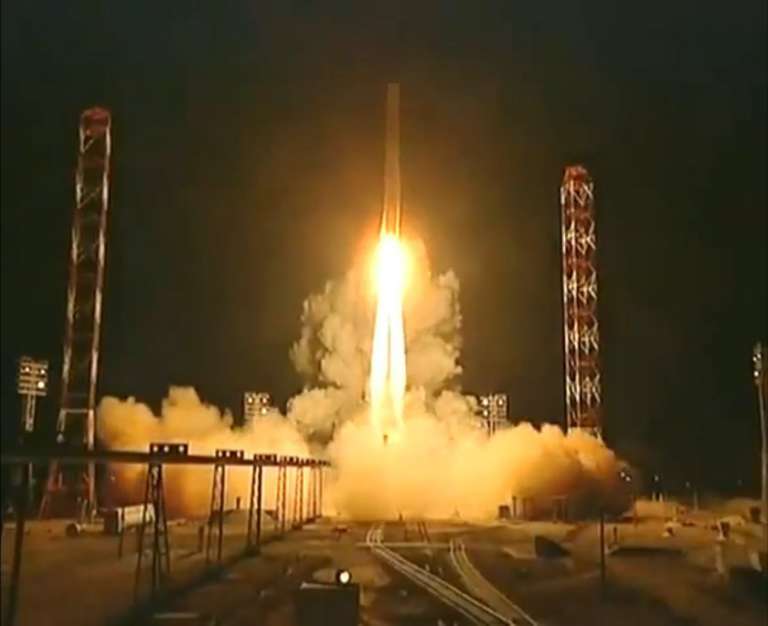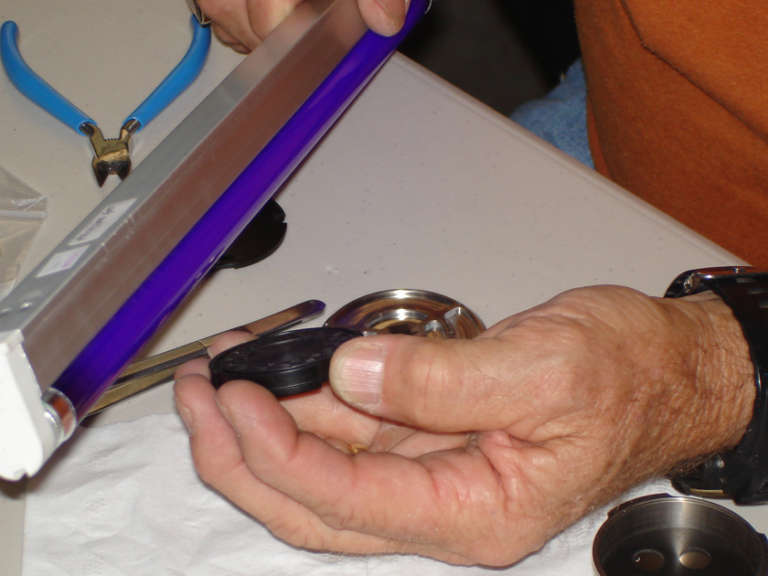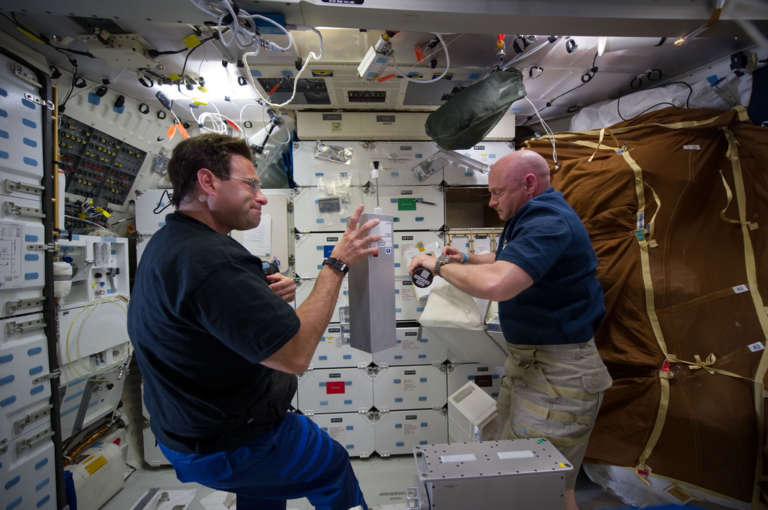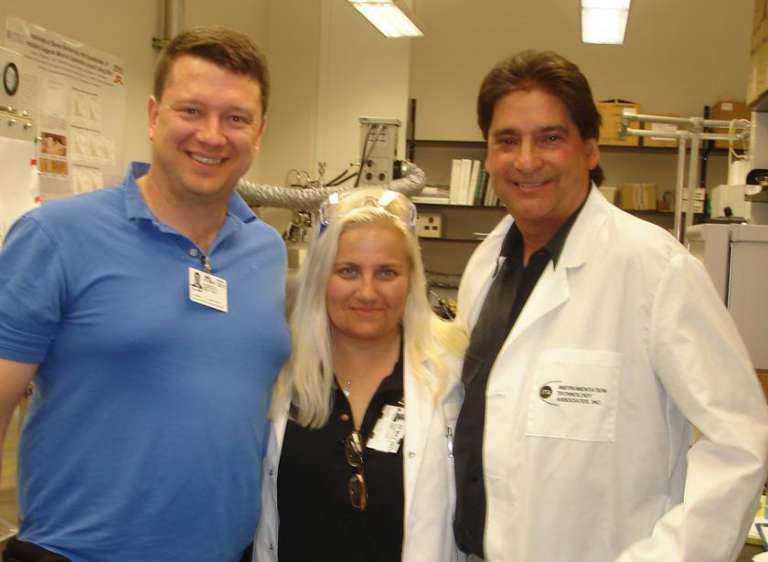Bruce Betts • Jan 13, 2012
Reflections on Phobos LIFE
The statement that "space exploration is hard" is a cliché, but it's true. I want to add: sometimes, it hurts. We explore space for the noblest goals of science and exploration, and we often persevere in spite of challenges. But space exploration is fraught with bad things happening, or, to use the technical term, ouchies.
The Planetary Society's Phobos LIFE (Living Interplanetary Flight Experiment) biomodule will re-enter the Earth's atmosphere in the next few days with the rest of the Phobos Sample Return (sometimes called Phobos-Grunt or Phobos-Soil) mission. The spacecraft successfully launched to a very low Earth orbit about two months ago. Unfortunately, it made it no closer to its original goal of Mars' moon Phobos, because rockets never fired to boost its Earth orbit, much less send it on its way toward Mars.

We began working on Phobos LIFE nearly five years ago, developing it as a test of one aspect of transpermia: can life travel naturally between the planets, ejected off one planet and transported to another inside a meteoroid? We wanted a long-duration test, in this case a planned 34 months in deep space, beyond the protection of Earth's magnetosphere. A long-duration test in deep space has never been done. When we cooked up the idea, Phobos Sample Return was the only deep space sample return mission in preparation from any country.
We created a patented "biomodule" to hold 11 types of organisms from all three domains of life, organisms ranging from the mundane to the bizarre. All are extremely well studied, most are extremophiles of one kind or another, resistant to radiation, desiccation, salt, insults, and/or heat.

Because we can't predict the details of the re-entry, we can't predict whether the Phobos LIFE biomodule will survive, and certainly we can't predict whether it will land somewhere it could be recovered. Most of Earth is covered with ocean, and a lot of the land area is desolate. In the unlikely event that the Phobos LIFE biomodule is recovered, we would certainly want to study the organisms inside. Though the primary goal of 34 months in deep space will not have been achieved, there will be scientific value to studying the organisms after two months in low-Earth orbit and after a re-entry.

In May 2011, we successfully flew a subset of the Phobos LIFE organisms on the last flight of the space shuttle Endeavour as part of Shuttle LIFE. Study of the organisms and preparation of the results for publication are underway.

Even if we don't recover the Phobos LIFE biomodule, we have still moved forward in this process. We designed a rugged, multi-sealed biomodule, studied organisms in the context of interplanetary travel, and formed long-term collaborations among our international team of scientists and engineers. We have contributed to the body of knowledge on transpermia, and our efforts have prepared us for the future.

Pain is inherent in space exploration for anyone involved with it long enough, but we always learn along the way. We are looking toward future successes enabling us to understand better our universe and ourselves. The Planetary Society will seek new missions and new opportunities. We will heal our ouchies. But, for right now, please pass the Neosporin.
Over the next few days, keep your eye on Emily's blog, and on our Twitter accounts (@elakdawalla and @randomspacefact) for updates on the details of the re-entry as we learn them.
Support our core enterprises
Your support powers our mission to explore worlds, find life, and defend Earth. You make all the difference when you make a gift. Give today!
Donate

 Explore Worlds
Explore Worlds Find Life
Find Life Defend Earth
Defend Earth

